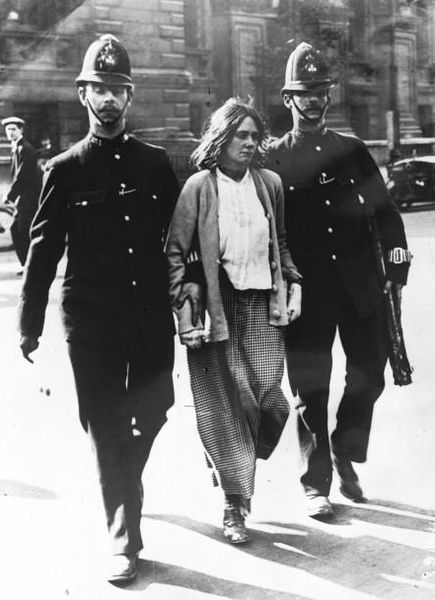Weisberg on Mass Incarceration and Purposes of Punishment
Bob Weisberg’s just-delivered Barrock Lecture, “Reality-Challenged Theories of Punishment,” can be viewed here. After reviewing the extraordinary data on the mass incarceration phenomenon in America, Bob considers the implications for each of the traditional purposes of punishment (retribution, incapacitation, general deterrence, specific deterrence, and rehabilitation). I think he is spot-on that the theorists advocating for each of these different approaches have not adequately come to grips with the realities of mass incarceration. Punishment theorists frequently bemoan their marginalization in the policymaking realm. Perhaps they could make their work seem more relevant outside the academy if they took better account of the scale of contemporary incarceration and its particular impact on certain social groups.


